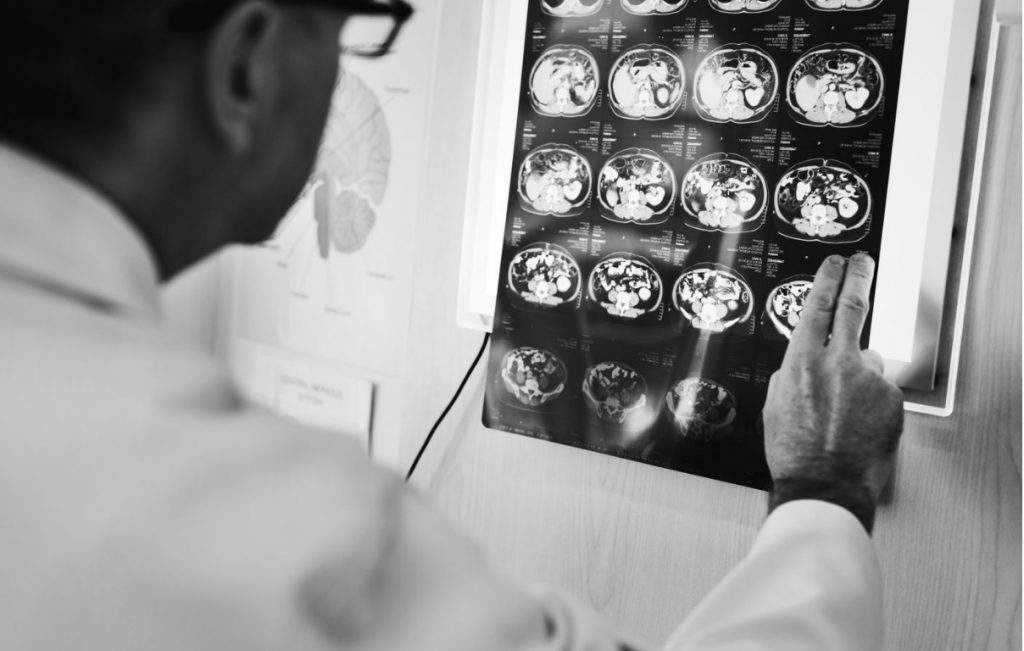
Radiology Services Is Crucial To Medical Care

Radiology is the specific method concerned with diagnostic imaging and scanning. The radiographers, radiologists, lab technicians, nurses, etc., work as a part of the Radiology sector.
There is no debate that radiography is vital to health care and medical treatment. Therefore, radiology has become an essential element of the contemporary medical field. Currently, it is used in several processes of medical treatment, from skeletal repair to life-saving surgery.
So in this post, let us Learn why Radiology services are so vital in today’s medical industry.
But before we move on, let’s first have a clear idea of Radiology.
What is Radiology?
Radiology is the study of radiographs, produced by utilizing radiological imaging. The process uses radiation like X-rays, gamma radiation, and protons rays get used in such procedures.
How Does It Work?
A laser with an elevated energy source creates a two-dimensional or three-dimensional imaging of a body’s internal systems and structure.
The field of Radiation began with the discovery of X-rays, then applied to identify fractured bones and related underlying ailments.
The technology behind radiology has progressed over time. Radiology now includes- fluoroscopy, computed tomographic scans, MRI, and Angiography.
Every one of these radiology services serves a distinct purpose.
Although radiography became prevalent, it has brought along a slew of technological complications. For example, although the field of radiology began its journey with X-ray imaging, the science has grown in countless dimensions over the previous few years.
Why is Radiology Services Essential to Medical Care?
Presently, radiography is an essential technique for the diagnosis of so many diseases and conditions. It is also a popular tool for tracking the progress of treatment and potentially forecasting a particular prognosis.
With a multitude of imaging modes available, the subject of radiology has grown critical to healthcare and medical treatment.
X-Rays
The history of radiology services began with the invention of the X-ray, which permanently altered the medical world. X-rays utilize radiation to view unwanted or abnormal objects and structures within the body. As a result, it enables doctors to detect better any problems leading to the most appropriate approach of medication and treatment.
Other Radiology Imaging
Alongside X-rays, radiology services have expanded to encompass other imaging technologies, including CT, MRI, Fluoroscopy, etc. These imaging methods enable actual imaging of a body’s gastrointestinal system, examination of the vascular system, creation of multi-dimensional mapping of internal tissues, and cross-section screening of the entire system.
Although these methods of radiological images have shifted the dynamics of medical treatments, it has shown progressively great results in some instances:
- Cardiovascular disorders
Radiology aid in the detection of several heart-related illnesses. When there is an obstruction within the arteries, physicians can locate it and initiate corrective action.
- Tuberculosis
TB is a disease caused when certain alien biological entities invade affects the lungs. The position and severity of the infection could be determined using radiology.
- Pregnancy
This technique may also be used to determine a woman’s maternity condition. To establish the position of the fetus within the uterus, gynecologists and obstetricians may require the assistance of radiologists.
- Injuries
Anyone can suffer through ligaments, muscles, and skeletal injury without even recognizing it. Radiologists utilize an MRI, Magnetic Resonance Imaging, for determining the extent of the wounds.
- Problems with the brain/head
Physicians can pinpoint the origin of chronic headaches within the skull employing sophisticated procedures like MRI. In several situations, the method has aided in the diagnosis of illnesses such as migraine and cancer.
Apart from the above-listed diseases and illnesses, Radiology services are used for other aspects of medical treatments such as Gastrointestinal issues, sex determination during pregnancy, cancer screening, etc.
Doctors Depend on Radiographers
Physicians and doctors depend significantly on radiologists and radiographers in the current medical world. They require precise testing to detect the problem and give appropriate therapy. Radiographers do not just perform radiological tests. They also offer mental and physical care to individuals while preparing them for such tests.
A radiographer’s job includes explaining the process to the patients, their family or guardians, and answering their queries. Specialists also understand ways to be attentive towards the patient’s suffering while prepping them for the procedure.
Fundamental to Healthcare and Management of Diseases
Considering the increasing number of terrible illnesses ravaging the world, it is critical to establish a solid illness monitoring and treatment strategy in action.
Radiology serves a critical part in disease management by providing practitioners with more alternatives, resources, and procedures. In addition, it enables them to identify diseases and come up with methods of therapy.
Diagnostic testing provides precise insights concerning anatomical or disease-related modifications. Patients may get cured of diseases if it gets detected in the initial phases. It might not have been possible without radiology.
To Sum Up
After all is said and done, radiology services help to save lives. Moreover, it is essential in medical services since it is an effective diagnosing and therapeutic technique in the current medical industry.
Numerous people might meet their end sooner if radiography did not exist. In addition, even relatively minor injuries such as fractured bones would probably be more critical to treat without radiology.
Radiological imaging enables improved therapy and a clearer picture of the interior of the patient’s body. As a result, radiology services are not just vital to medical treatment; it has also proven to be one of the rapidly rising professions. With doctors and physicians increasingly depending on radiography, experts have anticipated that the radiology sector would grow roughly 21% by 2022.